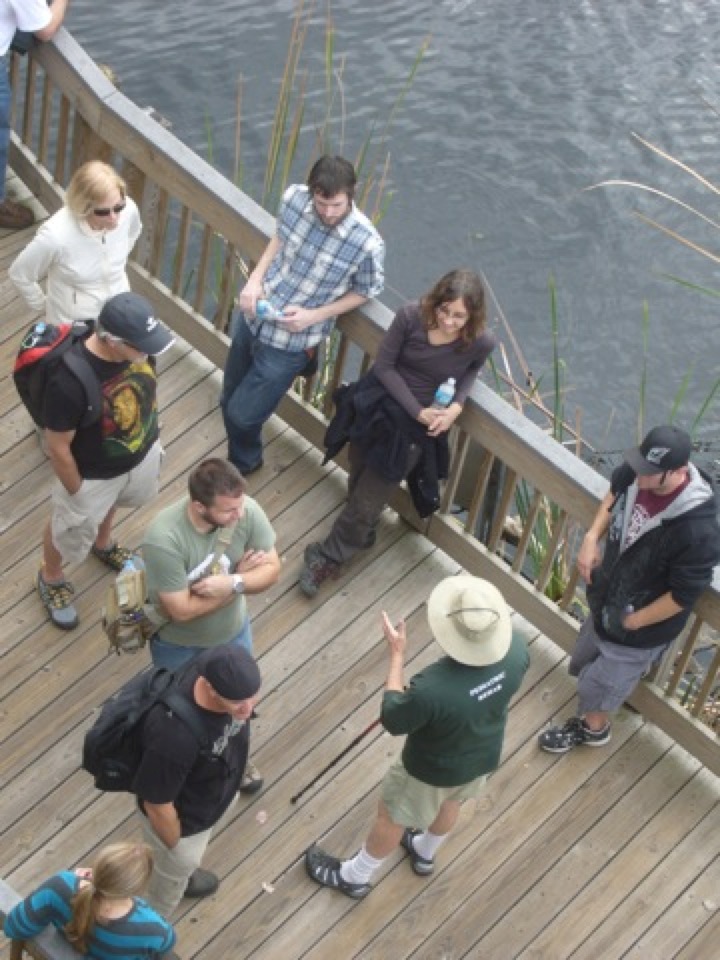
John Chestnut Park north of Tampa has, among many natural features, a tower for observation. Here I am talking to students about cattails. Photo by Kelly Fagan
We had a cold snap this week, Florida style; two nights dipping into the upper 30s, frost. Exactly what needed, some will say, to make the persimmons “ripen” which means making them non-astringent and sweet. There’s three problems with that bromide. First our persimmons ripen at least two months before any possible “cold snap.” We look for persimmons in September or October, it can vary. “Winter” doesn’t arrive here until around Christmas (and is gone by Valentine’s Day.) Cold has nothing to do with the ripening of our persimmons unless you count chill hours the previous season. Next, in northern climates persimmons ripen about the same time as the first cold snap, usually in September or October. That sweetness could just be a matter of timing, a correlation not a causation. Lastly there isn’t any research that I know of which shows cold or frost helps persimmons ripen though I wouldn’t mind hearing from some folks who have some personal experience to share about that.
So when are native persimmons at their best? When you have to fight the ants for… yep, off the ground. That’s not settled law, however. This past fall I found a small persimmon tree with very ripe fruit on it, and a class I had last fall in Tampa did the same. But when you are looking up a persimmon tree for ripe fruit don’t forget to look down.
One of the more odd aspects about the persimmon tree is that it likes to grow on the edge of things, or what used to be an edge: Roads, paths, interstates, railroads, rivers, fields. You won’t find a persimmon tree in the woods unless there used to be a clearing in the woods. Sometimes you will find them 100 feet from a river bank in the woods but the river used to be wider and when they germinated they were on the edge. No doubt animals spread their seeds everywhere but they only thrive on the edge. That’s not unusual. Some pawpaws have to grow in shade for a few years.
If you’re standing in a forest and you think you have a persimmon tree you’re probably wrong. To read more about persimmons click here.
♣ Weed Seeds: You can plant many weed seeds to get a crop of edible weeds closer to home, if not in your own yard (now you know why my putting-green neighbors loathe me.) Weeds are designed to take care of themselves and do quite well even when ignored. I have planted wild radish, peppergrass, chickeweed, purslane and crowsfoot grass on my “lawn” and they have done quite well. Many weeds can be planted in your garden. Chinopodiums and amaranth are two that need very little encouraging. Make them a row, barely cover the seeds with soil and you will have a mess o’ greens. Mustards are a bit pickier to grow. Their seeds, such as peppergrass, should be stored in a dry area for about four months between 50 and 68 degrees F for optimum germination. A cellar stairs is just about perfect for that, or outdoors in a Florida winter. Other seeds need special treatment.
Pokeweed seeds are a good example. Their germination rate is very low, around 6 percent, if not treated. What’s treated? Replicating a bird’s gut. Soaking the seeds in battery acid for five minutes increases the germination rate into the 90s. You can buy the battery acid at auto stores. One container will last you decades. Once treated, plant successive rows of pokeweed seeds and have a lot of pokeweed from your garden. You can harvest the shoots or let them turn into big roots that will send up shoots annually.
If you’re more inclined to grow roots consider the groundnut. Just take tuber home, put it in the garden and wait, two years unfortunately but they will produce and produce well. Twenty years ago agriculturists at the University of Louisiana were trying hard to make the groundnut a commercial crop. Unfortunately when the professor in charge of the program retired so did much of that program. Groundnuts can also be grown from seeds, but the process is more involved.
Perhaps the most productive of all is to plant yams bulbils, but you need to get the right yam and their proliferation is frowned up by governmental agencies. The best two are Dioscorea alata (Yam A) and Dioscorea polystachya (Yam C.) Yam C has escaped cultivation and is a pest from the Carolinas to southern Ohio. Yam A is not a pest per se but it is lumped in with Yam B, D. bulbifera, which is. I don’t discuss Yam B much because it is more a famine food than everyday table fare. If you plant the dark misshapen bulbils of Yam A, you will get large roots that are very edible weighing many pounds, commonly 10 to 20. Yam C produces small, long edible roots and very edible air bulbils.
Or… you can go to the grocery store and buy a commercially grown D. alata and plant that, apparently with no legal prohibitions. Seems a little odd that the wild yam is bad whereas the same species cultivated if okay, governmentally speaking. One year I intentionally grew taro from the supermarket so I could learn how to separate it from the far less edible ornamental taro. The difference was minor. The edible version has a little purple tinge on the stalk where new leaves emerged. The ornamental is just green. That difference is minor but enough. That is also probably why that particular edible is called “the purple taro.”
One plant that is seeding heavily now is Skunk Vine, Paederia foetida. It’s an invasive and the state of Florida would be horrified if you took some seeds home. If you were to be so botanically wayward sow them in you kitchen garden later this spring when the days are consistently in the 70s. If you grow them on a trellis they will happily climb and provide you with leaves for “greens” for about nine months. But only do so for convenient or to guarantee wholesome soil and water. The plant grows everywhere locally and is difficult to avoid.
♣ Botany Builder #12. Do you remember the confusion in school over the words immigrant and emigrant? An emigrant is someone leaving a country, and an immigrant is someone entering a country. An emergent plant is one coming out of the water, such as Canna. It likes to grow in about a half a foot of water. It doesn’t like dry land and it doesn’t like deep water. It is emergent. Cattails are emergent, however some species of cattail — there aren’t that many — like to be close to shore and others like deeper water. What it really comes down to, can you get cattails from shore or do you need a canoe?
♣ In late March there will be a large herbal conference in Ocala I will be participating in. Because I am part of the events and because you get my newsletter you can get a 20% discount. I personally know at least three of the featured speakers scheduled so far… four if I count myself… It’s sure to be a grand time. Here’s the information:
Do you love herbs, healing, and the beautiful outdoors? Then join us for the inaugural Florida Herbal Conference, which will be held March 23-25 in the Ocala National Forest at Camp Kiwanis on the beautiful Mill Dam Lake. With herbal teachers from around the state gathering to share their wisdom, participants will enjoy choosing from over 30 workshops, plant walks, and classes throughout the weekend, ranging from Clinical Herbalism to Kitchen and Garden medicine. Recreational activities such as dance, henna, yoga, singing, canoeing provide a variety of options to unwind and relax under the beautiful live oak trees. Enjoy evening musical performances from In Curses and Surcular Souls. Take home treasures from artisans and crafters in our Herbal Marketplace. A special keynote speaker by renowned herbalist Rosemary Gladstar will inspire and enliven you, making this an event you won’t want to miss. The conference is hosted by the Florida School of Holistic Living. Camping is included in registration, and indoor lodging is also available. Proceeds will benefit United Plant Savers, and all participants will receive membership when they register for the conference. Register using the code EATTHEWEEDS and receive a 20% discount off of registration. To register, or learn more, visit www.FloridaHerbalConference.
♣ Articles added this week: Edible Flowers Part 11, Edible Flowers Part 12 (out of 20 articles about edible flowers already written) and a blog about the Antikythera Mechanism which has only a little to do with plants though I am writing an article on the edible species of Cyprus.
♣ Where the weeds are. Bars that are 88% dark chocolate do not grow in the woods. I was buying some at a local store when the clerk asked me what I did. I said I teach people how to find and eat wild edibles. Her next question was “where can you possibly find wild edibles?” Her tone was on par with mission impossible. If you attend my classes you know where the wild edibles are. But where to find wild edibles is the the second-most common misconception I hear.
There is an understandable association: Wild edibles are in the wild and the wild today is state parks. Add the fact that it is illegal to harvest in state parks (even banned plants they want to get rid of) and you have the clerk’s response, where can you possibly find wild edibles? Answer: You find them around your home, in your neighborhood, in local city parks and yes, in state parks and the wilderness.
To me most of the state parks represent subsistence living, what the natives ate. There are staples there but few. What the park lands do have if push comes to shove is game. Hunter/gatherers get about two thirds of their food requirements from things that move, and a third from plants. So from an end-of-society point of view some state parts would be good places to be. And remember food is where the water is, fresh or salt. The flora and fauna change whether it is fresh or salt water but food is still where the water is. The farther away from water you are the farther away from food you are.
Let’s call the flora of state parks native. There’s an equal if not greater amount of non-natives that are edible. And that number is increasing all the time. In total there are more edibles species in suburbia than in the wild, or at least a greater variety and variety is a key element in enjoying wild plants as food. I won’t starve in a flatwood pine forest but by day three I might be tired of the menu. Some radish greens would be nice but they ain’t native. They’re in suburbia. Yes there are native greens and this is not to detract from them. The point is in suburbia you have the natives and the non-natives species. If hunting for game is not in the picture there’s more food choices to be found in suburbia than in state parks. In a city park I can walk under two miles and find close to 100 different edible species. In a state park I can walk eight miles and see maybe two dozen.
Lastly, few people live in state parks. Most people are interested in identifying wild edibles where they live or near by. That’s usually with other humans and on a road and that means weeds, native and non-native, carried by foot, domestic animal and vehicles. When asked why he robbed banks Willie Sutton said “because that’s where the money is.” Why forage in suburbia? ‘Cause that’s where the “wild” edibles are.
♣ If you remember last week the newsletter mentioned a bee hive was spotted during a class at the John Chestnut park. Kelly Fagan took a photo of it. You will note we can see the combs. My good friend Phil, who is a bee keeper and butterfly wrangler, says they were most likely African bees by the way they left their hive expose. A nest that was in the park last year, and much farther along the boardwalk, was inside a cypress and totally enclosed. Perhaps a different species of bee. All you could see of that nest was a small hole and bees going in and out. However these bees, left, don’t mind mind advertising who they are or what they’re doing. You can do that when you’re the… bee-hemoths of the apiary.
♣ Class schedule. This coming week it’s the east coast for me with a class in Melbourne and then in West Palm Beach (a nice place to be in January.) Always check the schedule even if you have signed up. Classes are sometimes cancelled for various reasons. The West Palm Beach class has passed the minimum number required (for the 400 mile ride.) Barring accident or injury that class will go on as scheduled.
Saturday, January 21st, Wickham Park: 2500 Parkway Drive, Melbourne, 9 a.m.
Sunday, January 22nd, Dreher Park, 1310 Southern Blvd., West Palm Beach, 9 a.m.
Saturday, January 28th, Mead Garden: 1500 S. Denning Dr., Winter Park, 9 a.m.
Sunday, January 29th, Bayshore Live Oak Park, 23157 Bayshore Rd., Port Charlotte, 9 a.m.
Also, click my name to visit my Green Deane Fan Page on face book.
♣ Lastly, if you are interested in contributing articles to the newsletter, please contact me.
THIS JUST IN: From the Orlando Sentinel, 16 January, 2012, by Amy Pavuk
One of the world’s oldest cypress trees — known as “The Senator” and found at Big Tree Park in Seminole County — caught fire early Monday morning and collapsed. (To see the original Sentinel article and video click here.)
“The Senator” was a 118-foot-tall bald cypress and the feature attraction at Big Tree Park in Longwood. The tree, believed to have lost its top in a hurricane in the mid-1920s, is estimated at 3,500 years old.
The tree burned for several hours from the inside out — almost like a chimney, said Seminole County Fire Rescue spokesman Steve Wright.
Firefighters have no idea what sparked the fire. The National Weather Service said there were no lighting strikes or storms in the area.
There were brush fires in Volusia County.
About 15 firefighters responded to the park about 5:50 a.m. and strung out more than 800 feet of hose through the woods as part of their efforts to extinguish the fire.
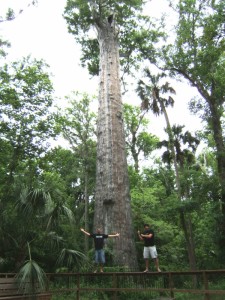
At about 7:45 a.m., a 20-foot section of the top of the tree fell off, Wright said. By 8:15 a.m., the tree collapsed.
“It’s a nightmare,” he said.
The park, located on General Hutchinson Parkway between U.S. 17-92 and State Road 427 north of Longwood, was dedicated in 1929 by President Calvin Coolidge, making it one of the area’s oldest parks.
“The Senator” was one of Central Florida’s leading attractions before the arrival of the region’s theme parks.
Arson has not been ruled out. I have visited this tree several times. There is a second one nearby not quite as tall so Big Tree Park still has a big tree. There’s also one nearly as tall on the hiking trail between Wekiva Park and Rock Springs Run.
To donate to the Green Deane Newsletter click here.

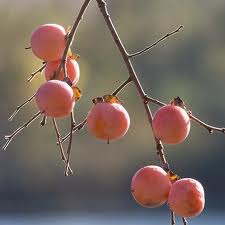
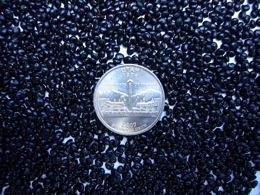
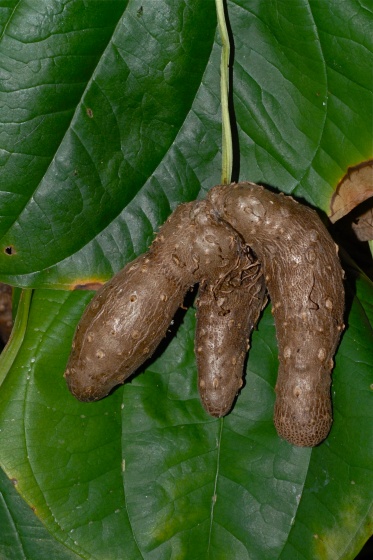
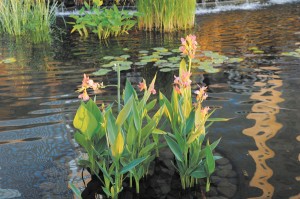
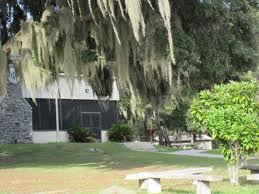
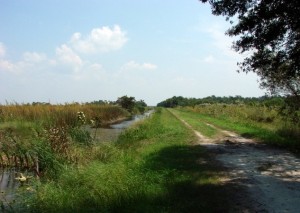
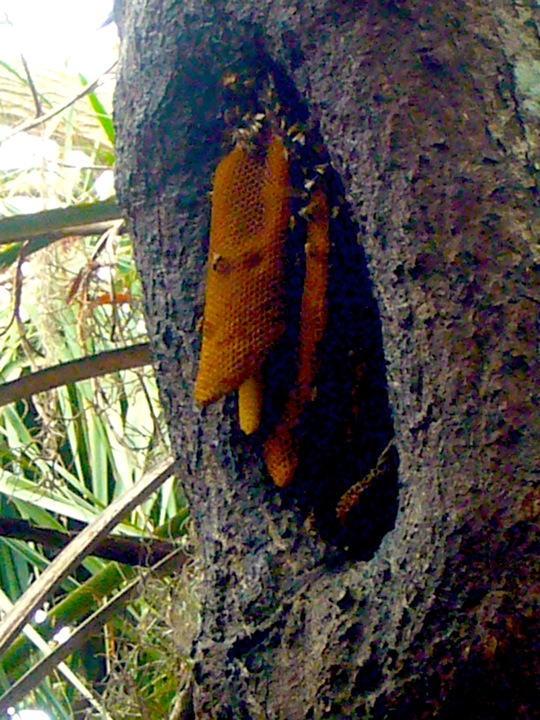
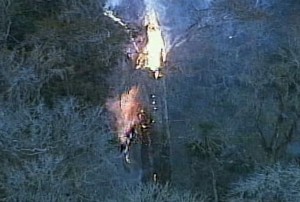
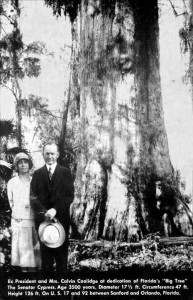

Tragic news about our beloved Champion Cypress, The Senator. ; (
Excellent newsletter! Love the pics. Keep up the good work Mr. Deane
“bee-hemoths”…very punny 😀 I live in Texas but still enjoy and learn a lot of useful info from your newsletter and website…thank you!
One never knows from whence wisdom commeth.
pokeweed… one of my favorites, especially boiled, then fried in bacon grease with eggs and wild onions..
question about replicating the bird gut… are staghorn sumac, winged sumac and common elderberry the same… needing battery acid? i have had trouble getting these seeds to germinate but i have often noticed all three many times grow along fence rows and had wondered if a bird had actually dropped them while resting on the fence… it would make sense
Thank you so much for your newsletter. Always very interesting and informative.
thanx Deane for your newsletter , its very useful . I always wait and ask my self what next…? by the way , who is Kelly Fagan…..? your personal photographer…..!
She’s a friend who was on the walk.
Have field tested a technique for judging persimmon ripeness. It is reported here: http://www.persimmonpudding.com/harvest/ripeness-krebill.html.
One can ripen persimmons, although naturally ripe persimmons still taste better. http://www.persimmonpudding.com/harvest/ripening-unripe-krebill.html
Fiona McAllister of North Carolina came up with a great technique for processing persimmons, faster and better than any other way I’ve ever used. http://www.persimmonpudding.com/harvest/pulp-laundrybag.html